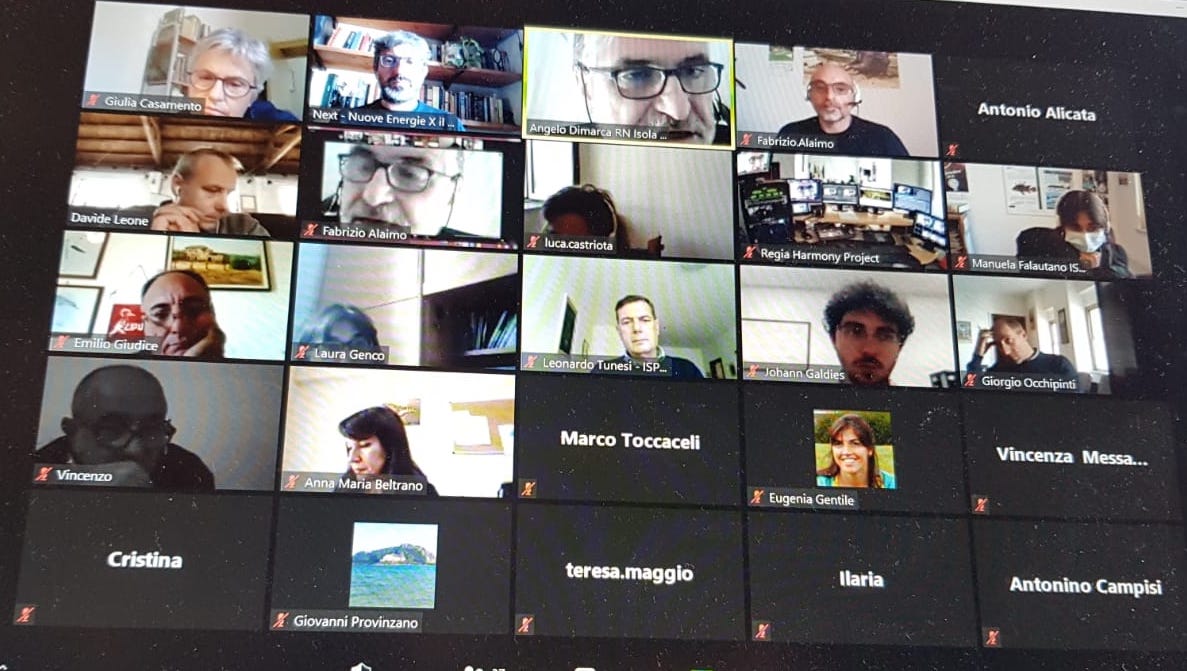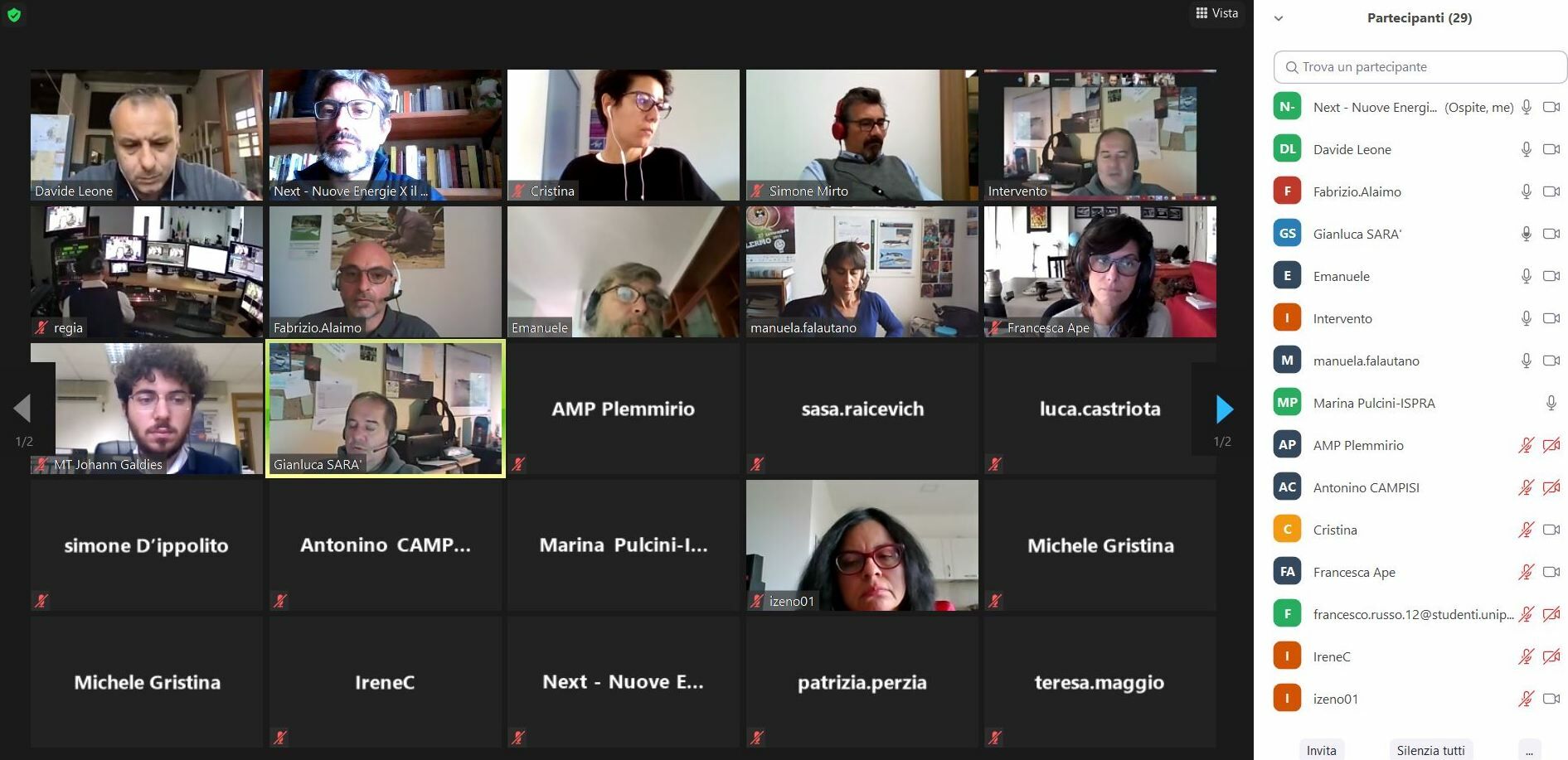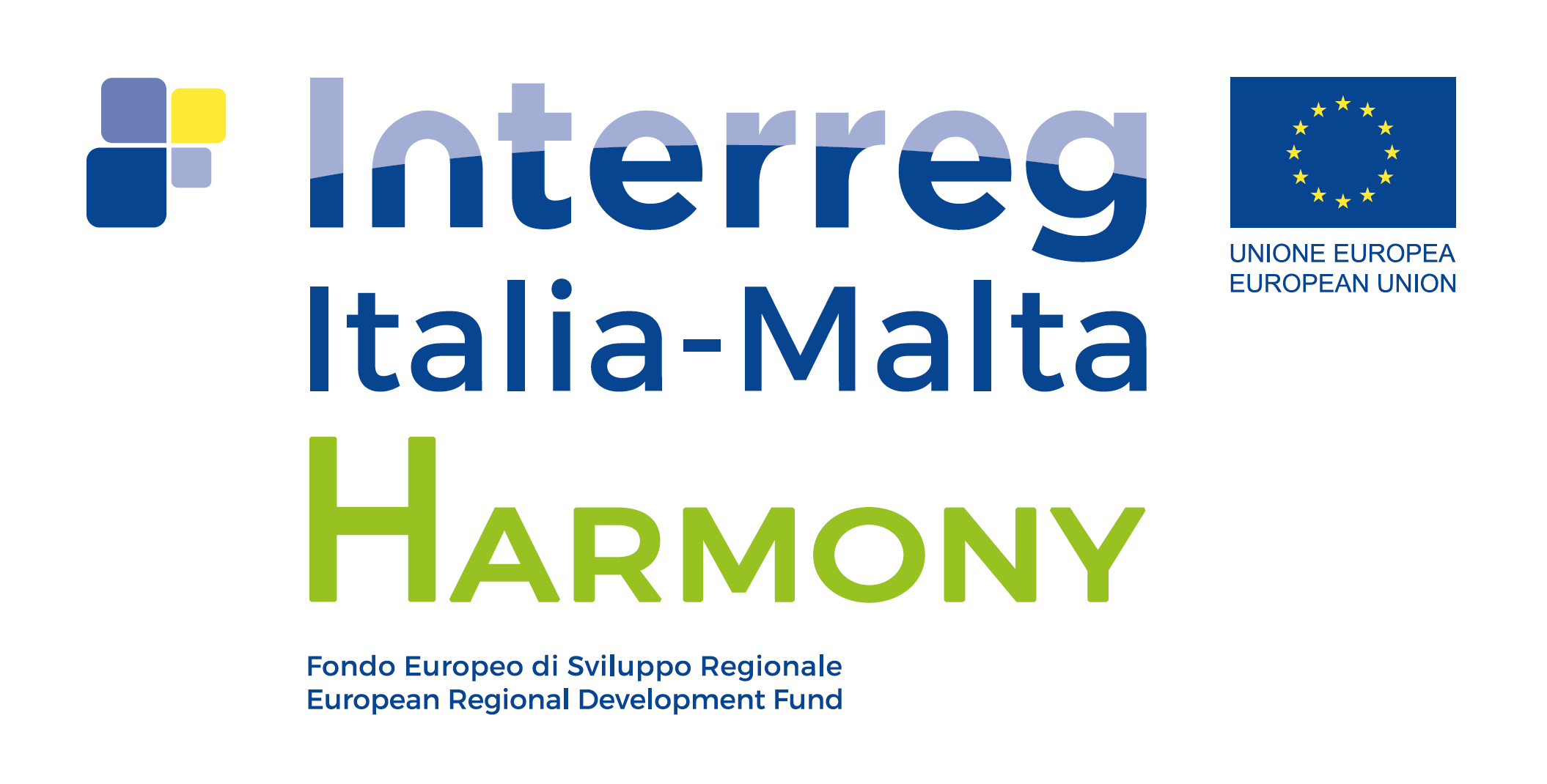Activities
The Participatory process is finished and it released two practical examples of collaborative governance in the cross border area
February 2021
With Harmony project remodulation, due Covid 19 emergency, the participatory process for the definition of common policies related to project topics i.e. seabed integrity and non-indigenous species has resumed its path developing through online participatory events and co design activity instead of the first phase activities held in presence.
Internal and external stakeholder of the Harmony project have been actively involved in a cycle of online events in October, November and December 2020. In particular the following activities have been carried out:
- Intersectorial Forum
- Online Focus
- Three Co design laboratory
The format of the online events has provided an interactive discussion space, developed on a free web platform, on the topics under discussion, both planned interventions by project staff and free contributions by participants.
The spaces of comparison and discussion have been enriched and multiplied by operational support activity on a cloud space. Participants could actively contribute to the process of co-design and drafting of shared documents (process outputs) on the topics focused and proposed by Harmony.
Online events directly involved about 50 entities representing public and private organizations, belonging to different sectors and areas of activity, but with the common interest of monitoring and surveillance of NIS as well as the protection of seabed status of the Mediterranean.
Appropriate multi-level information and communication action has been deployed in order to support of online activities, using both direct mailing and phone calling tools for the information and engagement phase, both the social channels and the website for dissemination and post-information activities.
The online participatory path involved different kind of stakeholders as well as Harmony project partners. Different types of specific actors have been selected from the stakeholder map in order to promote the institutional net of collaboration in the policy harmonization process. Anyway all mapped stakeholders were continuously informed about contents and objectives of the participatory path
In addition to the Italo-Maltese partnership, the meetings actively involved Marine Protected Areas and the Natura 2000 managers. They have played a crucial role in promoting the path of Harmony with actors in the Blue Economy chain (local managers of diving and beaches, fishing cooperatives, etc.). Besides Costal Guard people were also present
Further it was very profitable the presence of Sicilian Department of Territory and Environment which contributed to the achievement of a concrete project output, i.e. the planning of shared measures and actions for the elaboration of Natura 2000 Priority Action Framework for Sicily (PAF). In particular the measures and the actions proposed concerned formalisation of surveillance network, definition of training models and protocols as well as update of monitoring protocols
As is often in the dynamics of participatory decision-making, Elaboration of measures and actions for the PAF was an "unexpected outcome" compared to what was expected from the Harmony Project; this because the joint elaboration of actions for the PAF was not only the product of a mere methodological experimentation but a decision-making output that has a concrete impact on the processes of operational planning of biodiversity protection local policies.
The process of PAF joint elaboration has further proved to be a driving force for the shared elaboration of a Memorandum of Understanding (MoU) scheme for network promotion aimed at harmonising policy instruments for the protection of biodiversity across borders.
The MoU scheme constitues the main result expected by Harmony project: it is both a potential instrument of project results capitalization (knowledge and technologies to improve marine biodiversity protection policies, with particular reference to the implementation of a coordinated system of Early Warning and Rapid Response for the control of indigenous species and the status of the seabed) and it represents and important statement of participatory process. They can provide an added in the management of shared policies and collaborative governance, mainly because in intensifying of operational exchanges and the comparison of visions, they can help to increase the degree of mutual knowledge between the actors, facilitate the development of potential conflict or overlap and thereby raise the level of confidence in the functioning of the whole governance system.
The process outcome, therefore, suggests a more systematic and widespread application of this methodology even beyond the conclusion of the Harmony project, both in the processes of harmonisation of policies, technologies and operational processes, both in building collaborative platforms to support governance.
A cura di:
Fabrizio Alaimo – ISPRA
Maurizio Giambalvo - NEXT Nuove Energie x il Territorio



